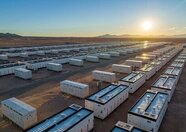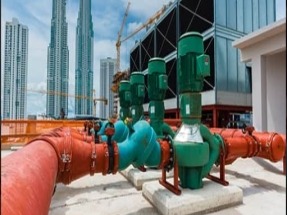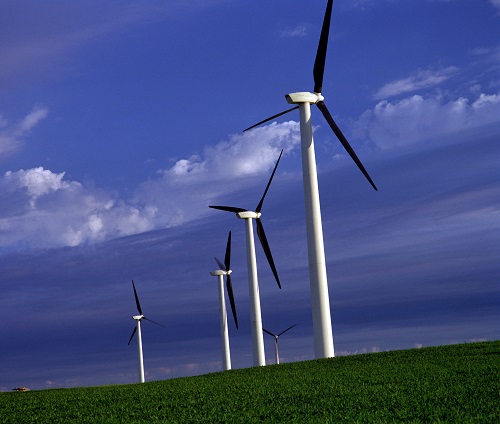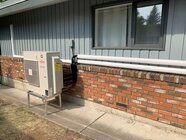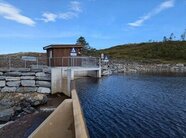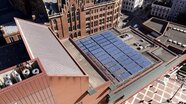Several stringent energy consumption regulations passed by governments worldwide have boosted the adoption of net-zero energy buildings. Growing concerns regarding the environment, depleting fuel resources, and the increasing need to reduce energy consumption further support the growth of this market.
Additionally, the increasing acceptance and reducing operation costs would boost market growth during the forecast period. Other factors supporting market growth include supportive government regulations, increasing awareness, and technological advancements. Increasing investments by vendors in technological advancements coupled with research and development further boost market growth.
The demand for net-zero energy buildings has increased over the years owing to increasing energy concerns, and environmental consciousness across the globe. The exponential growth in the prices of traditional fuel owing to the depleting fossil fuel reserves has encouraged consumers to switch to renewable sources for operations in net-zero energy buildings.
Limited awareness among consumers has limited the adoption of these buildings in the past. However, with significant government initiatives and substantial investments, the development of net-zero energy buildings has accelerated significantly.
North America generated the highest revenue in the market in 2020 and is expected to lead the global market throughout the forecast period. The increasing awareness among consumers and rising environmental concerns drive the market growth in the region. The governments in the region are collaborating with engineers and architects to promote the adoption of Net-Zero Energy Buildings.
Public structures and universities are adopting net-zero energy buildings owing to stringent government regulations, and the need to reduce operating costs. Numerous key players have adopted partnership and expansion strategies to increase their market share in net-zero energy building markets of the North American region.
The different types of net-zero energy buildings include residential, and commercial. In 2017, the commercial segment accounted for the highest market share. The awareness regarding green buildings and reduction in operation costs encourage the commercial sector to invest in non-zero energy buildings.
Commercial structures such as manufacturing plants, offices, and institutes are adopting net-zero energy buildings to reduce emissions and energy use. The residential sector is expected to grow at the highest CAGR during the forecast period.
The well-known companies profiled in the report include Siemens AG, General Electric, Johnson Controls International plc, SunPower Corporation, Altura Associates, Inc., Sage Electrochromics, Inc., Daikin Industries Ltd., Schneider Electric, Kingspan Group plc, and Integrated Environmental Solutions (IES) Limited among others. These companies launch new products and collaborate with other market leaders to innovate and launch new products to meet the increasing needs and requirements of consumers.



